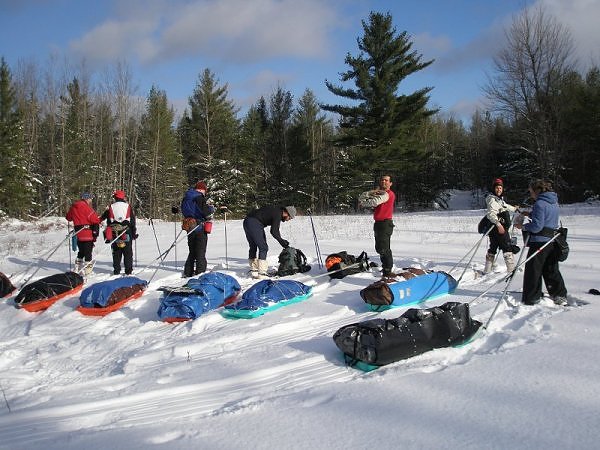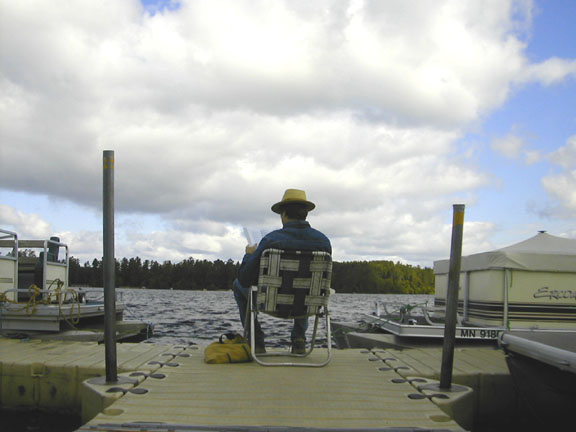Here’s a webpage that has a great formula for calculating if your local ice is safe for walking on.
www.outdoorcanada.ca/how-fast-does-your-lake-make-ice/
Here is the main relevant text:
There are several highly scientific methods and mathematical formulas that you can use to predict the growth of ice on your favourite lake, and they’re all essentially based on one controlling factor called freezing degree days that takes into consideration the air temperature, wind speed and something called radiational cooling.
Now, here is the really neat part.
To determine freezing degree days and how fast your favourite lake will build up ice, start by taking the average temperature (in degrees Fahrenheit) over the past 24 hours. So, let’s say that the daytime high yesterday was 30 F and the night time low was 20 F. This means the average temperature was 25 F. Now, subtract the average temperature (25 F) from the freezing point of water (32 F) and we get 7 freezing degree days.
If the day time high was 20 F, on the other hand, and the night time low was 0 F, the average temperature would have been 10 F, giving us 22 freezing degree days (32 F – 10 F = 22 FDDs).
See how simple it is?
Now, based on the studies that have been done, once a thin sheet of ice has formed on a lake, it will typically increase at the rate of one inch / 15 freezing degree days (FDDS).
So, if we go back to our examples, this means that on the relatively warm day, when there were 7 FDDs, the lake made about one half-an-inch of ice over the 24-hour period. But, on the much colder day, when we experienced 22 FDDs, the lake made about 1.5-inches.
Now, we need to take a couple of important considerations into effect because the formula is based on having a slight to moderate wind speed, no snow on the ground and clear skies. These things all help to pull heat out of the water and accelerate the growth of ice.






